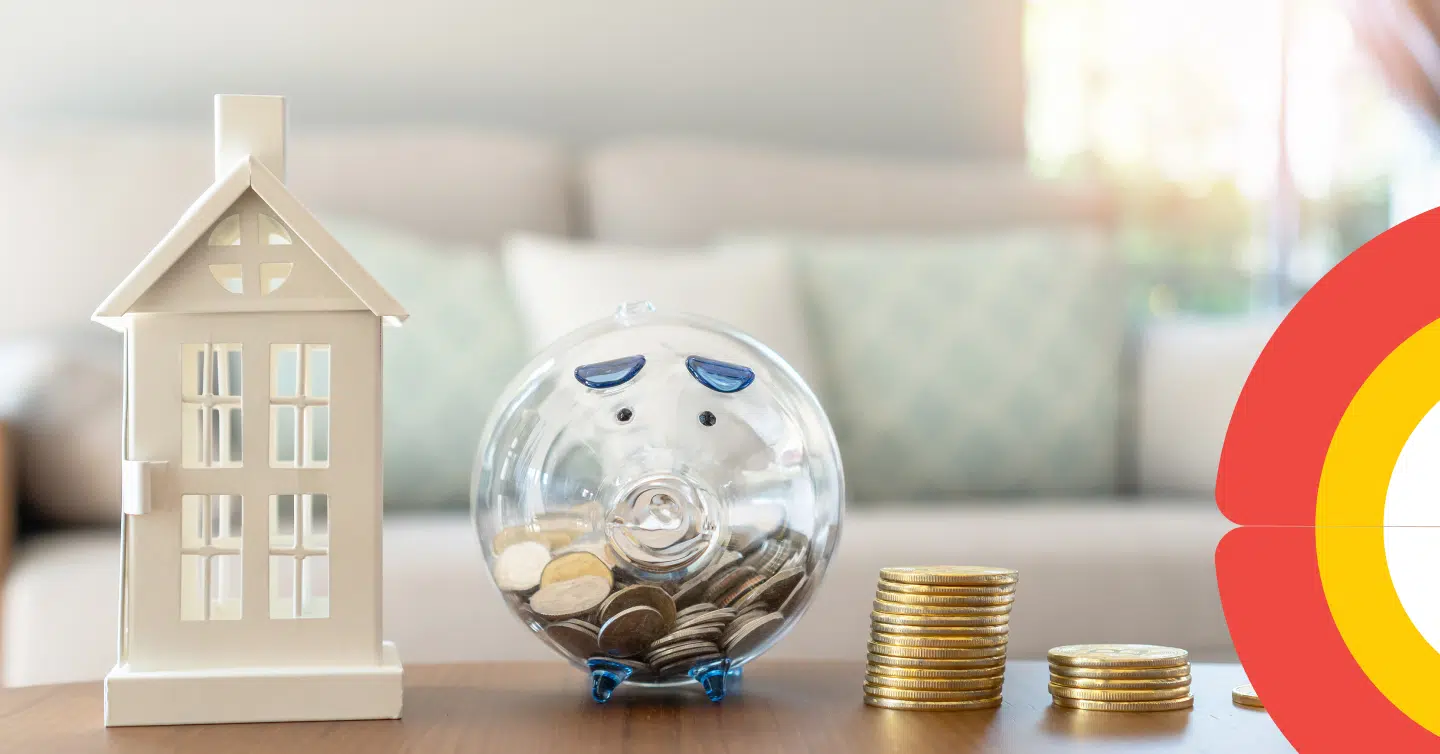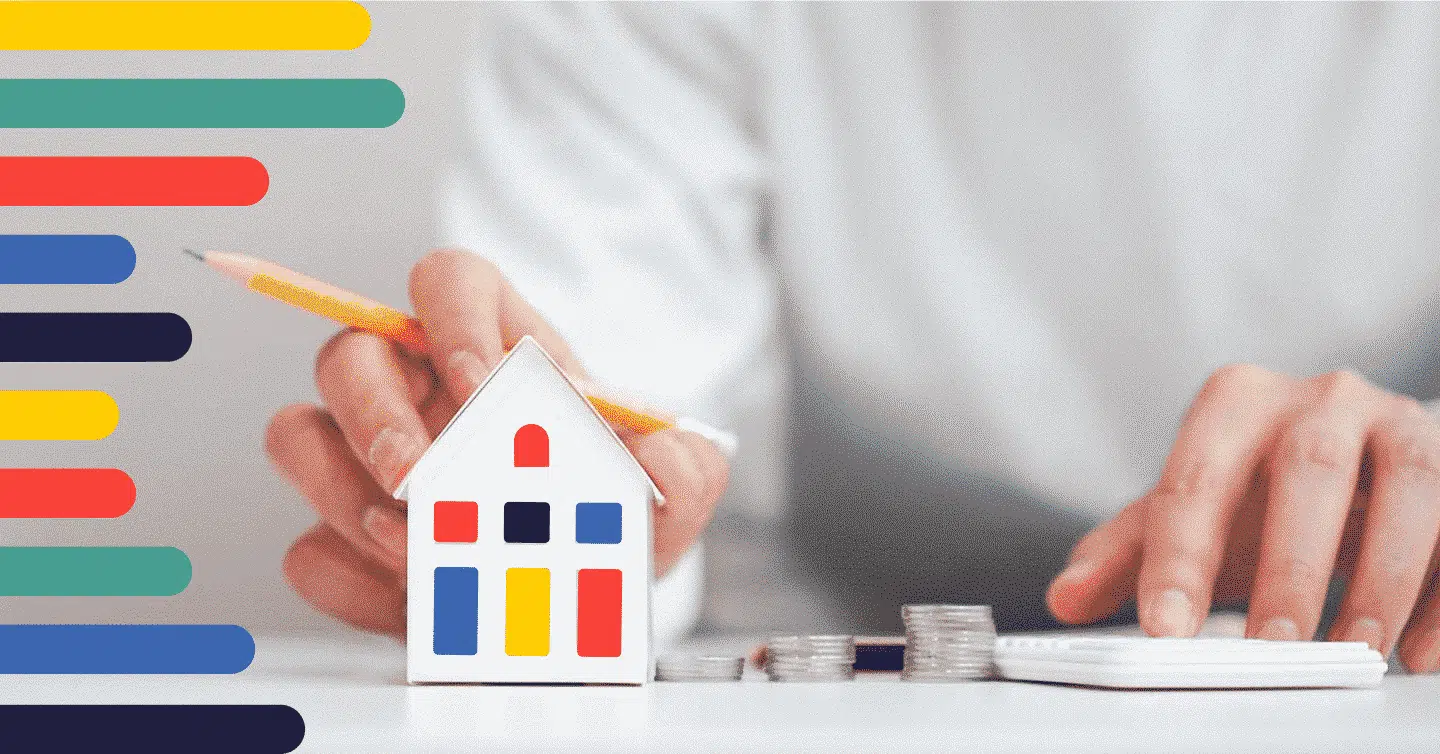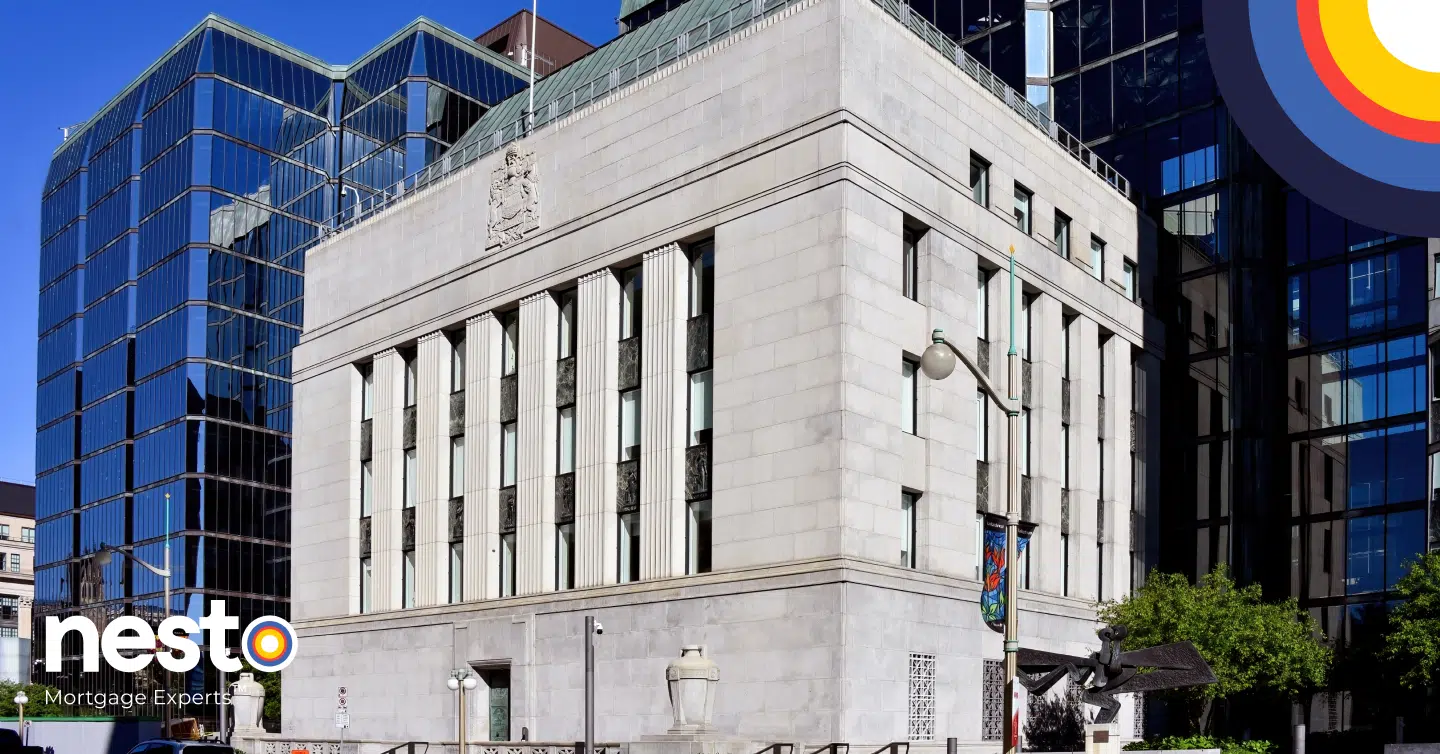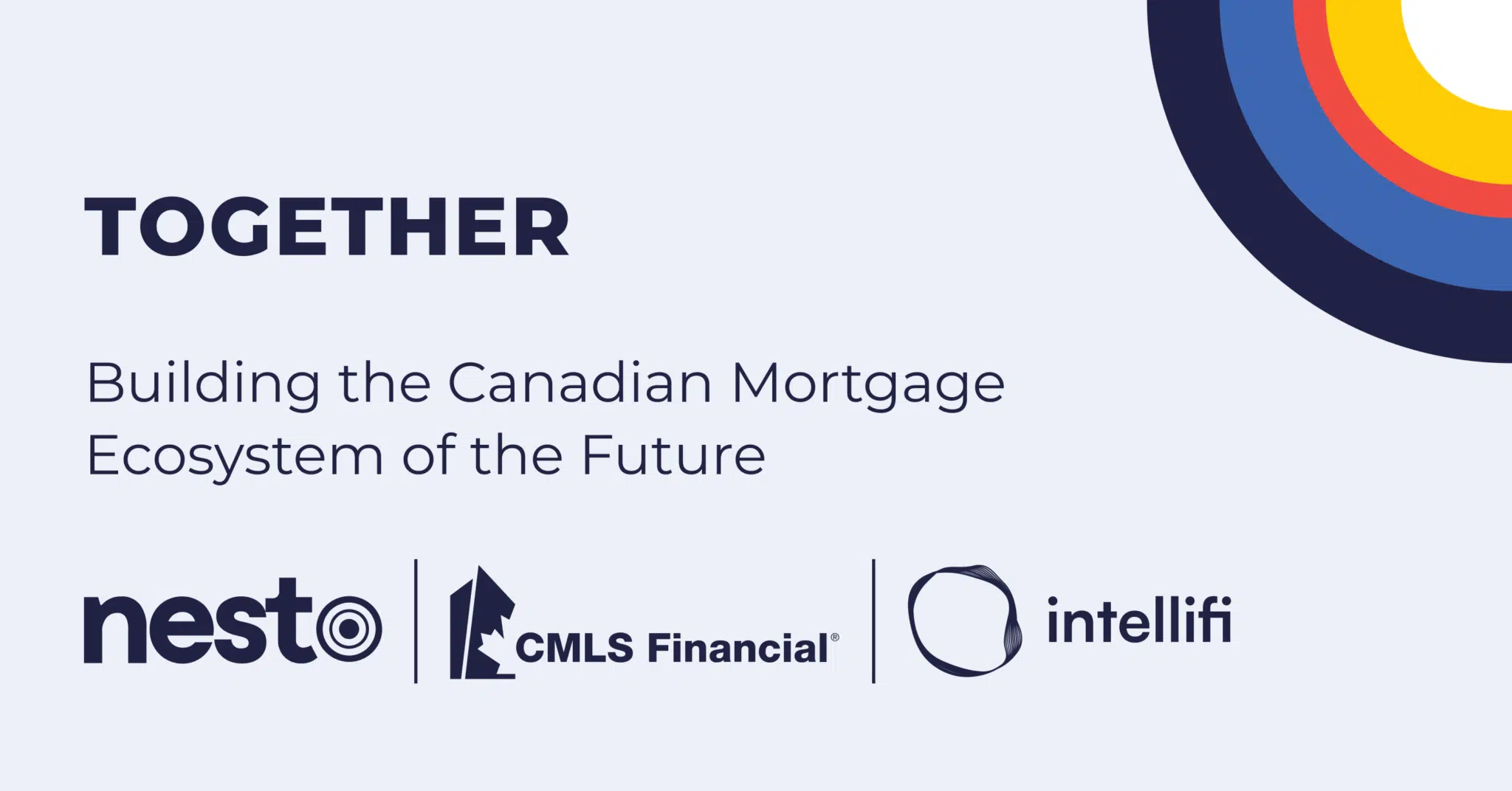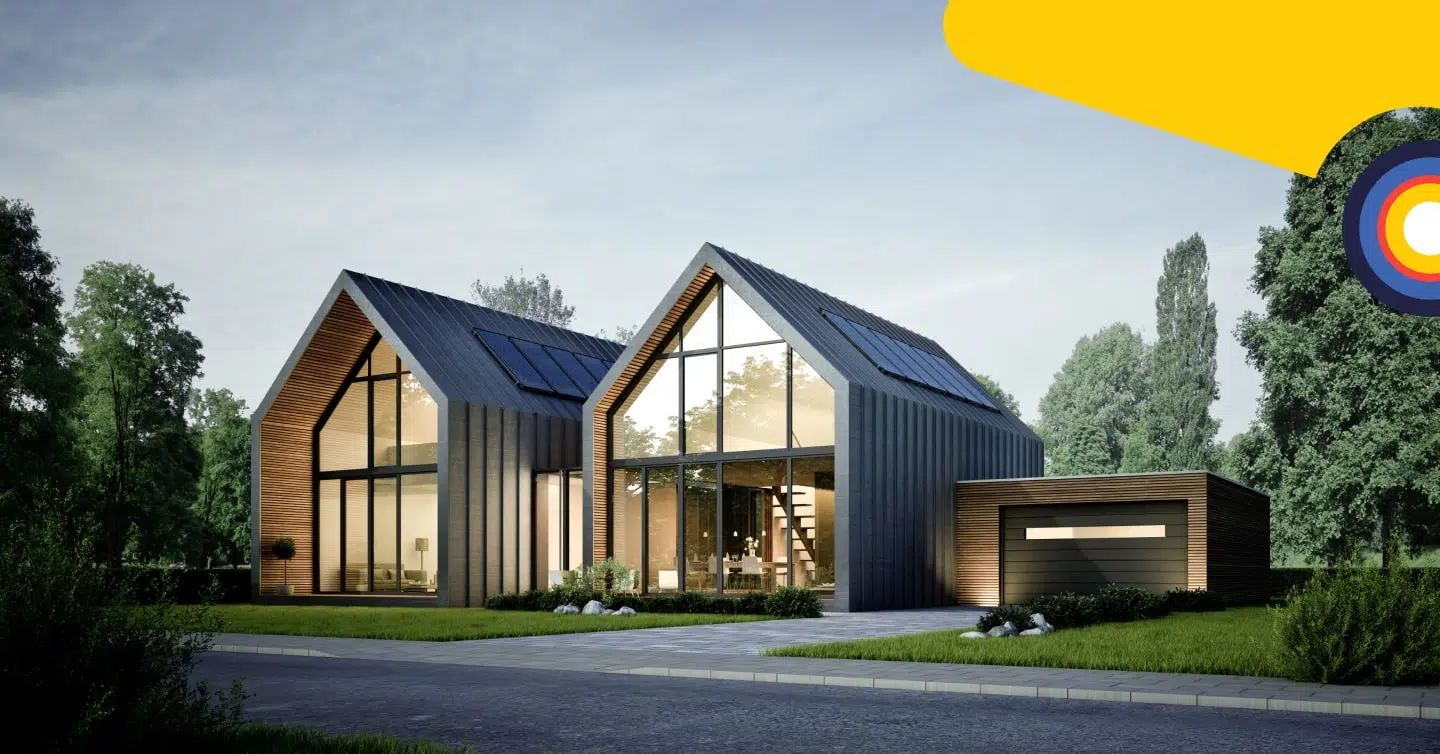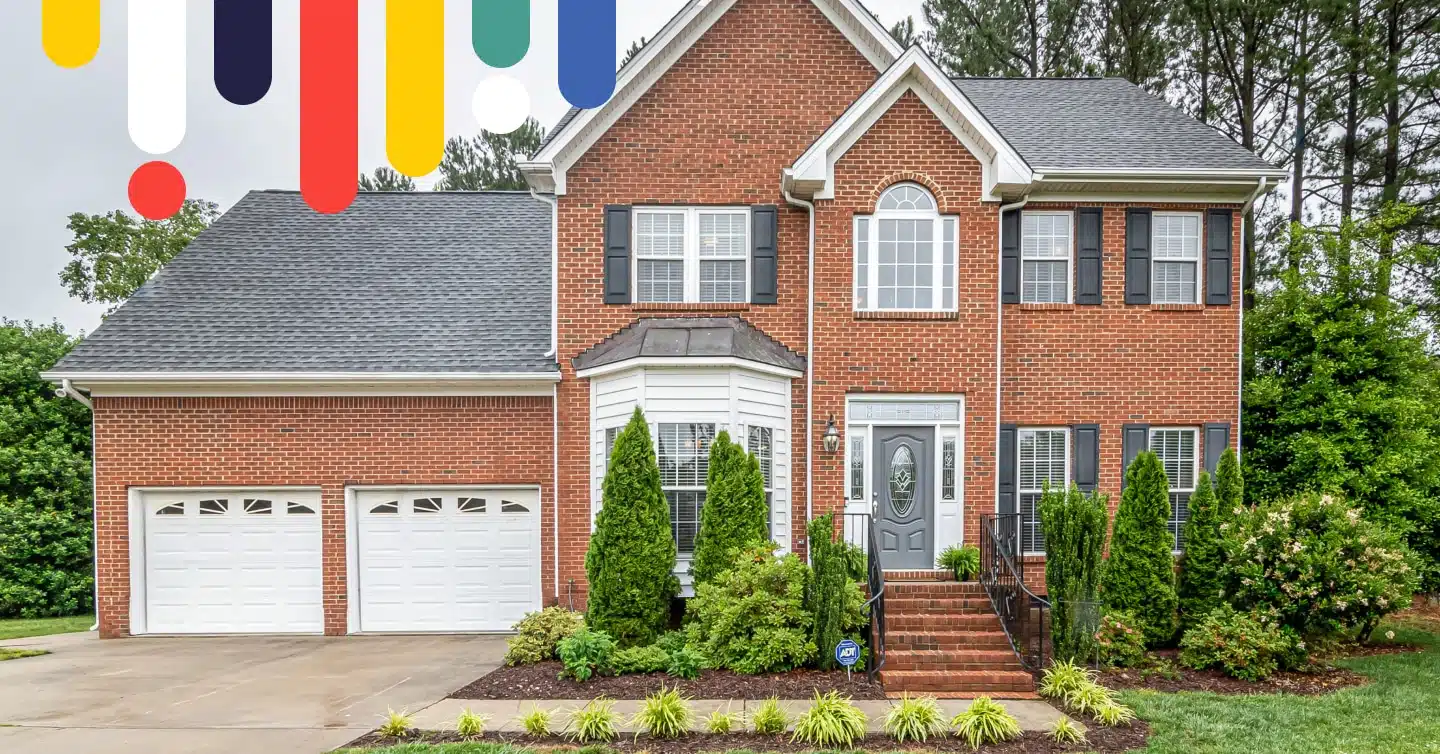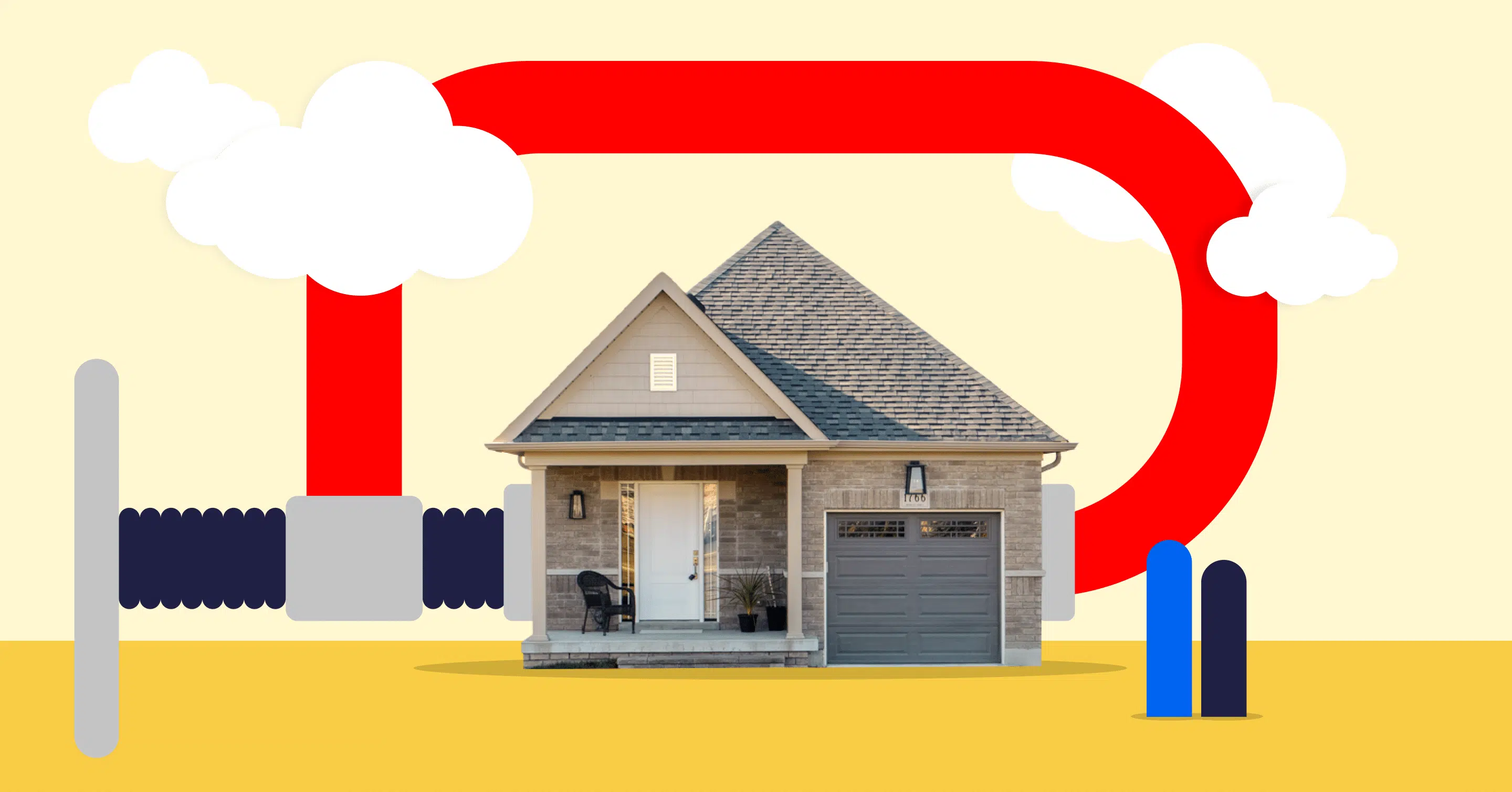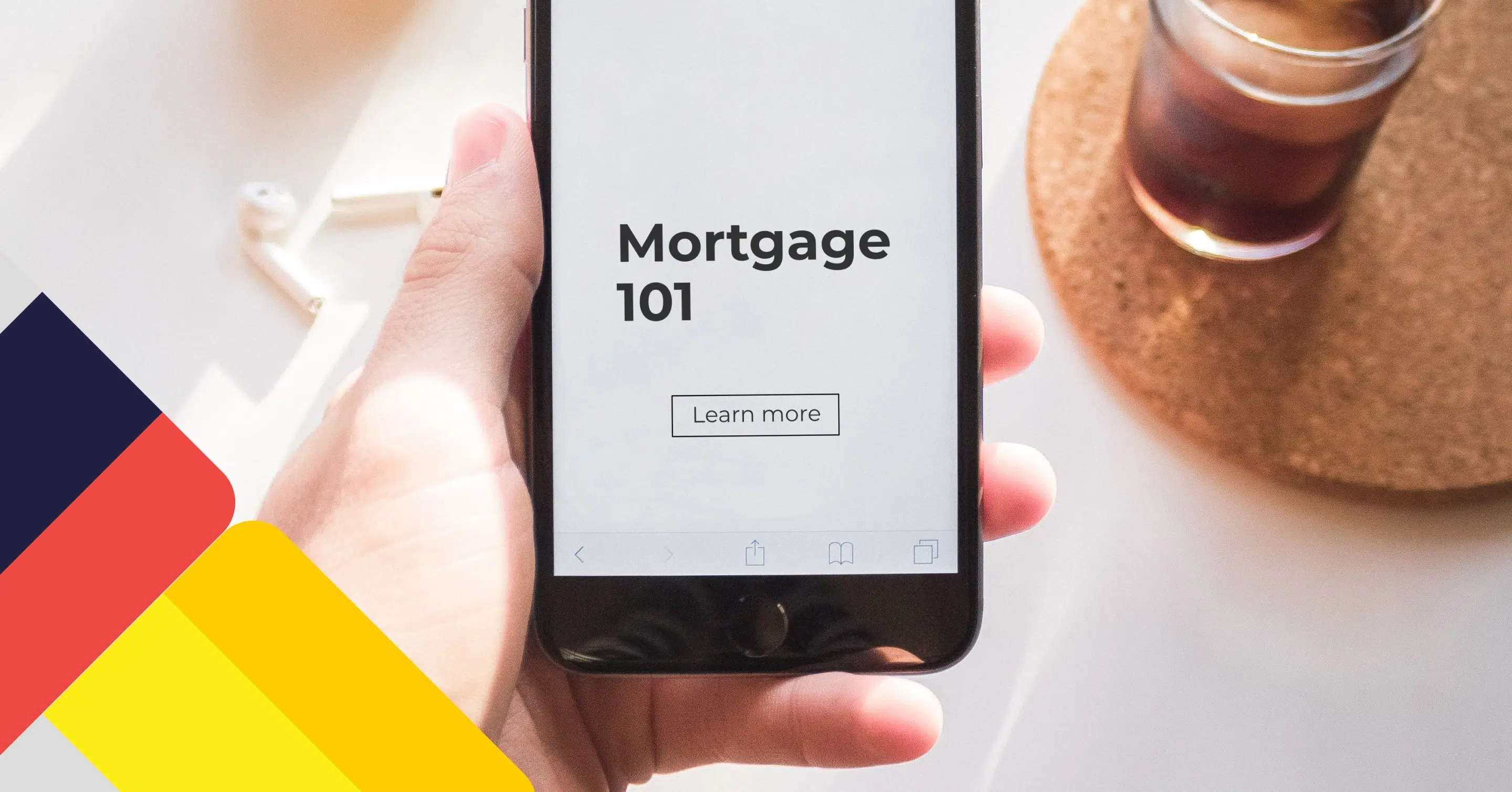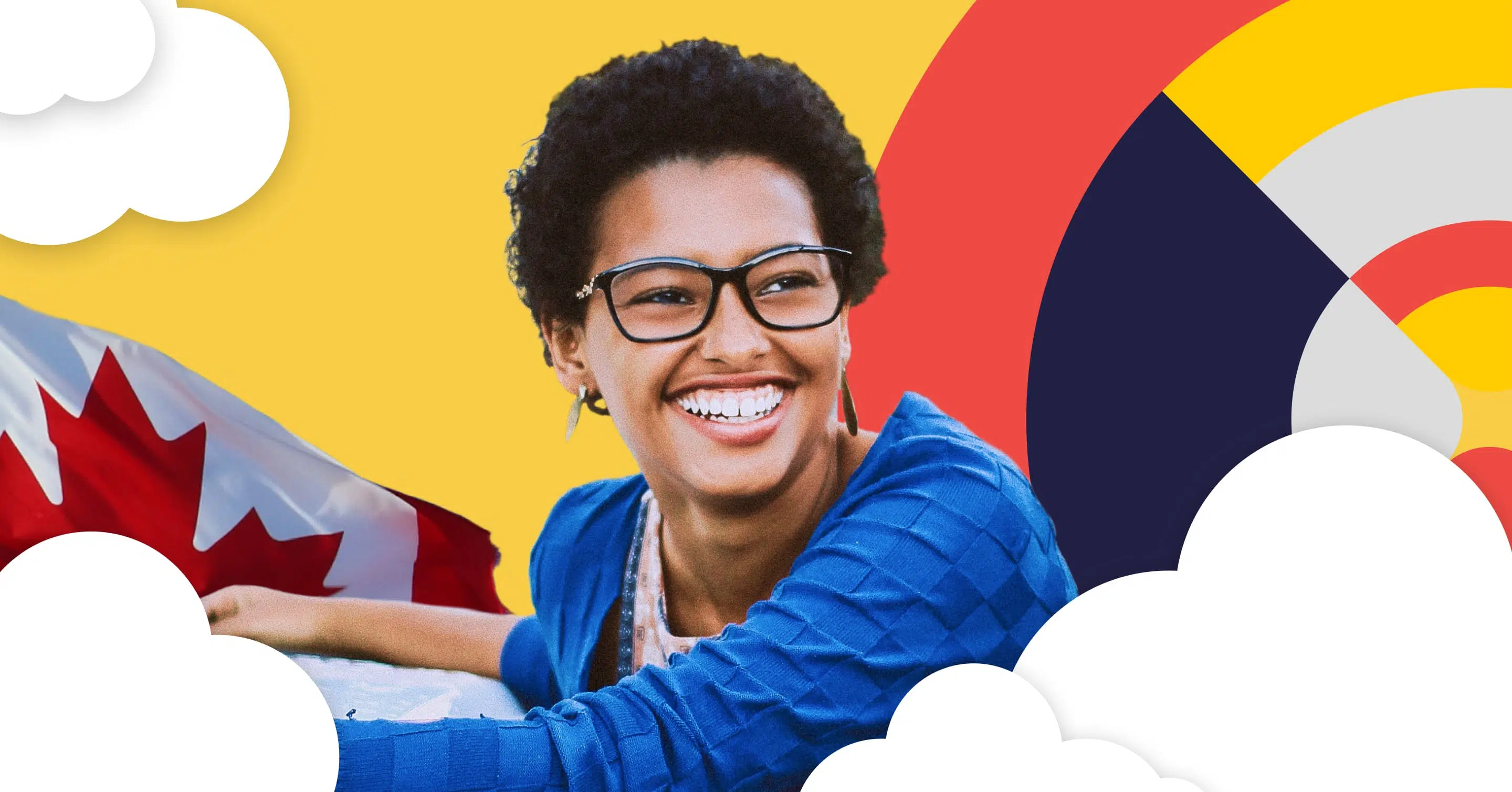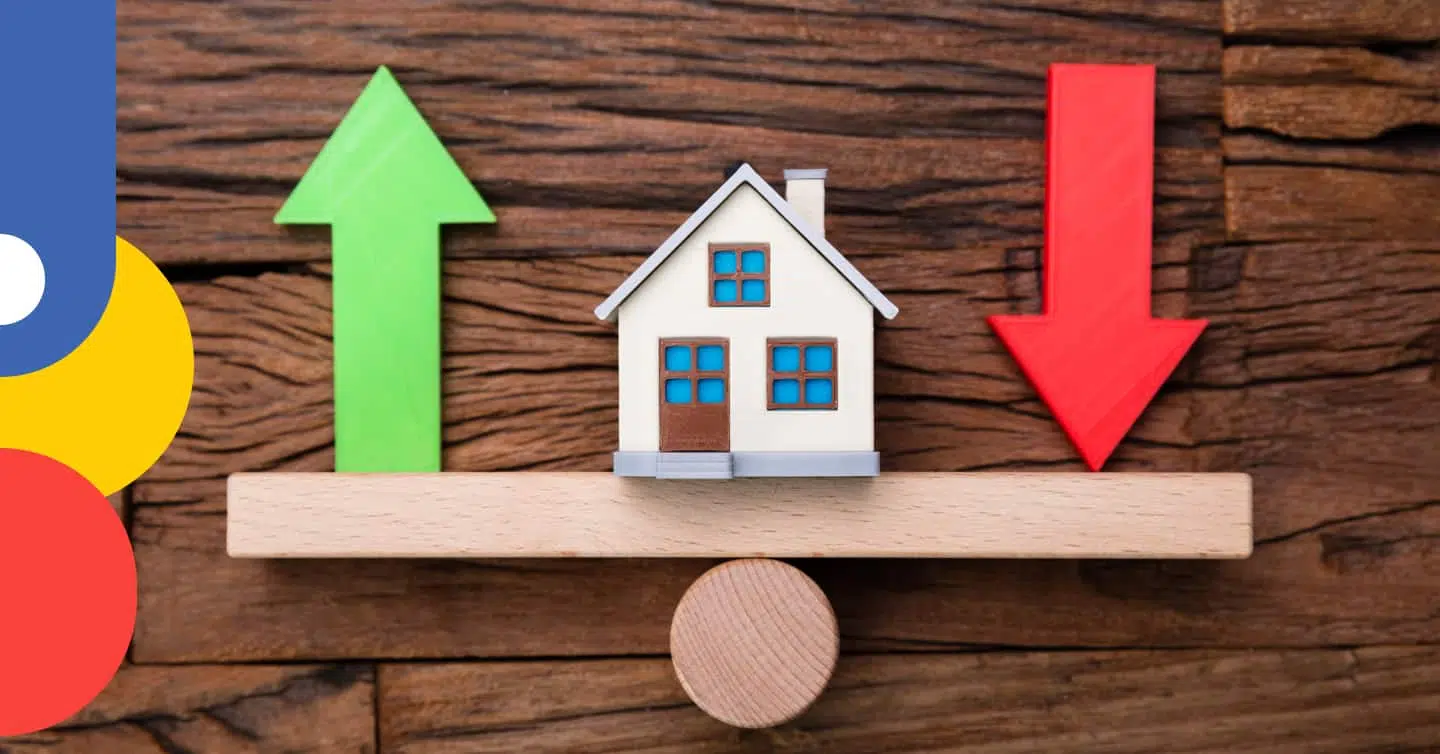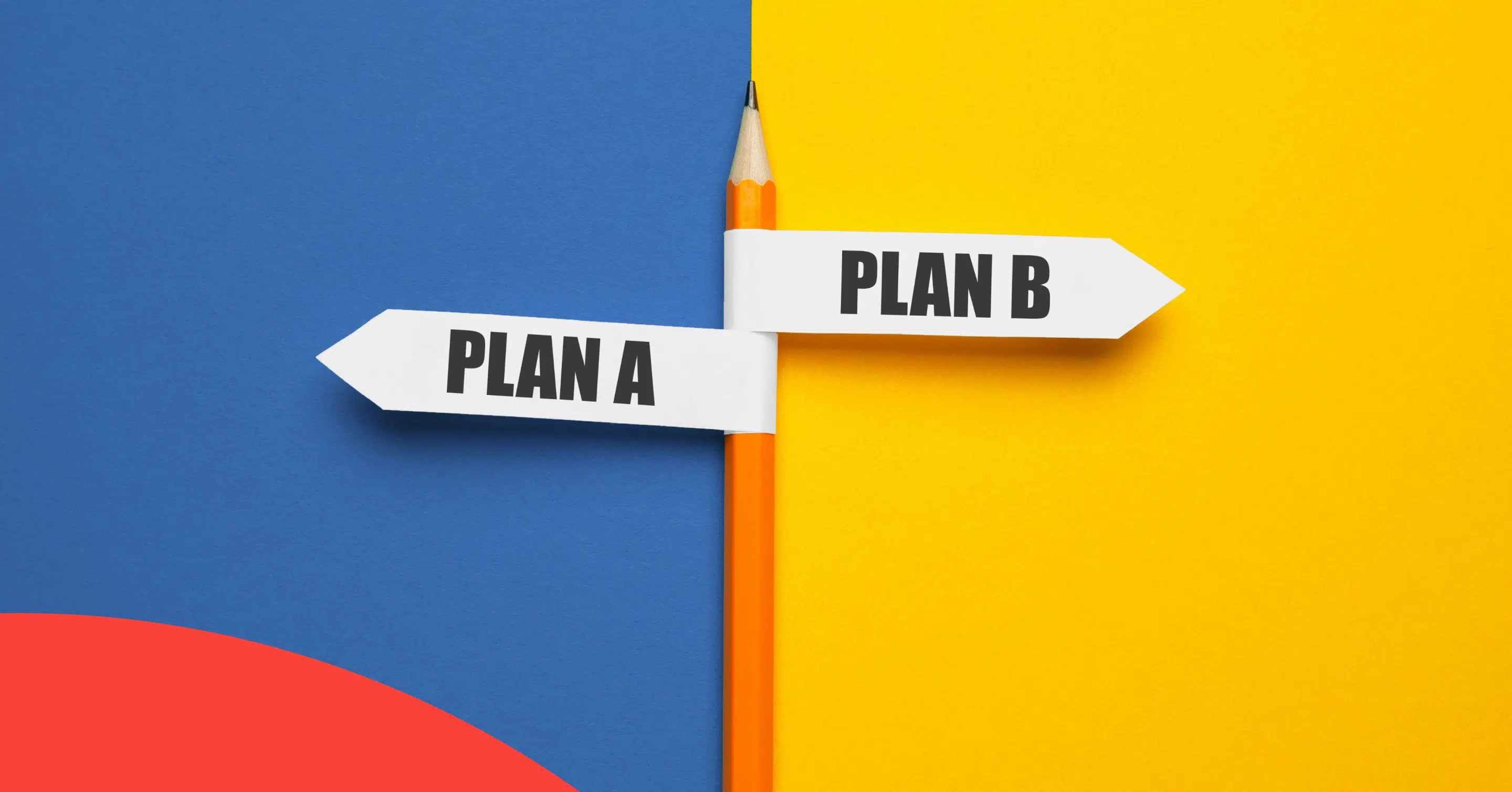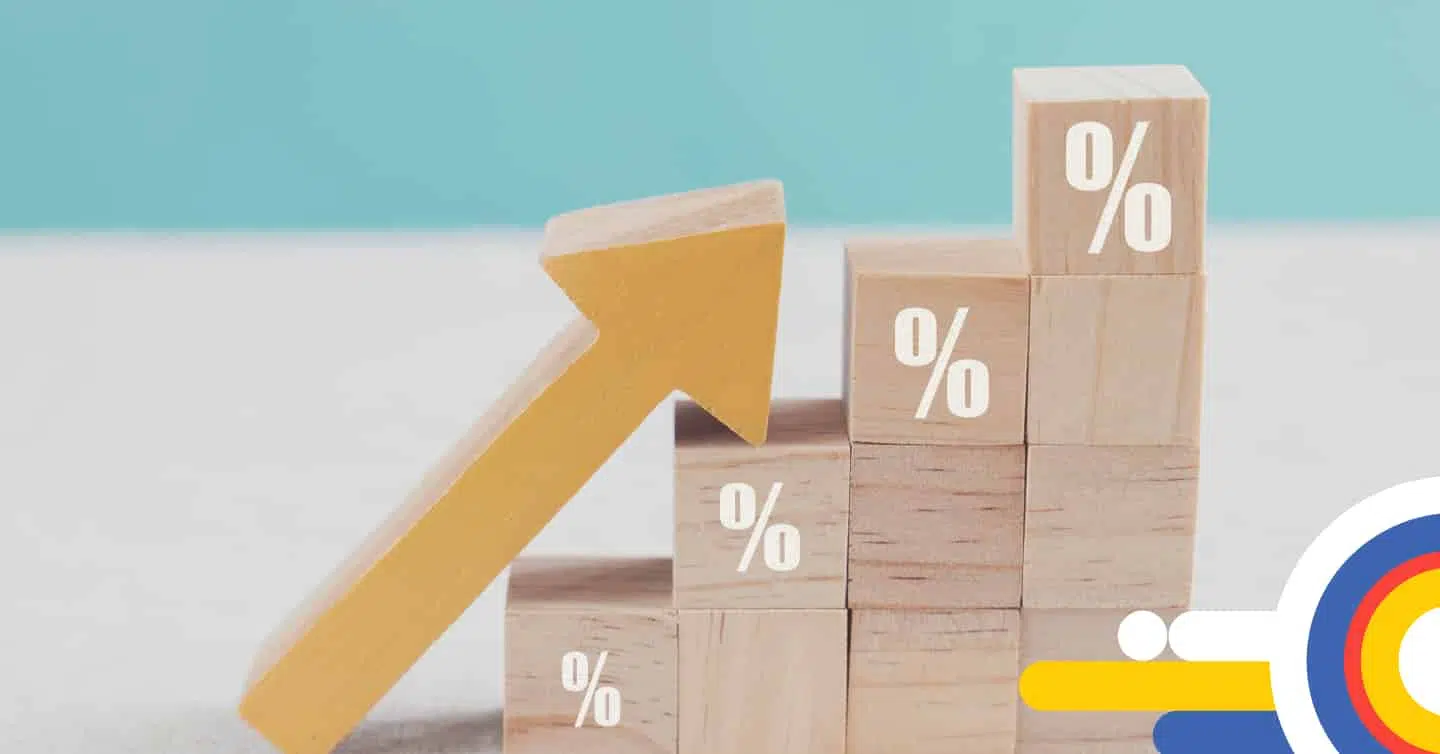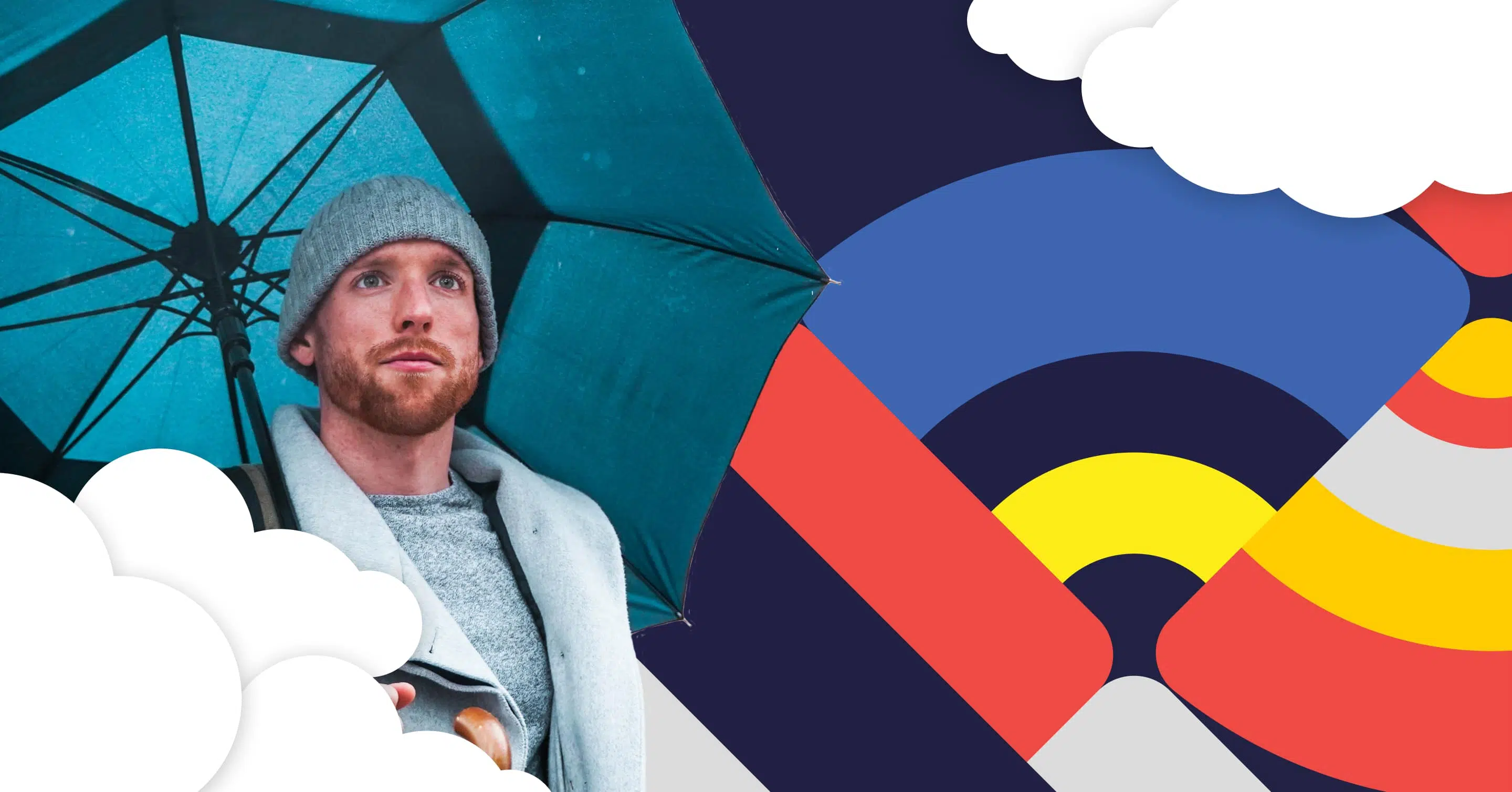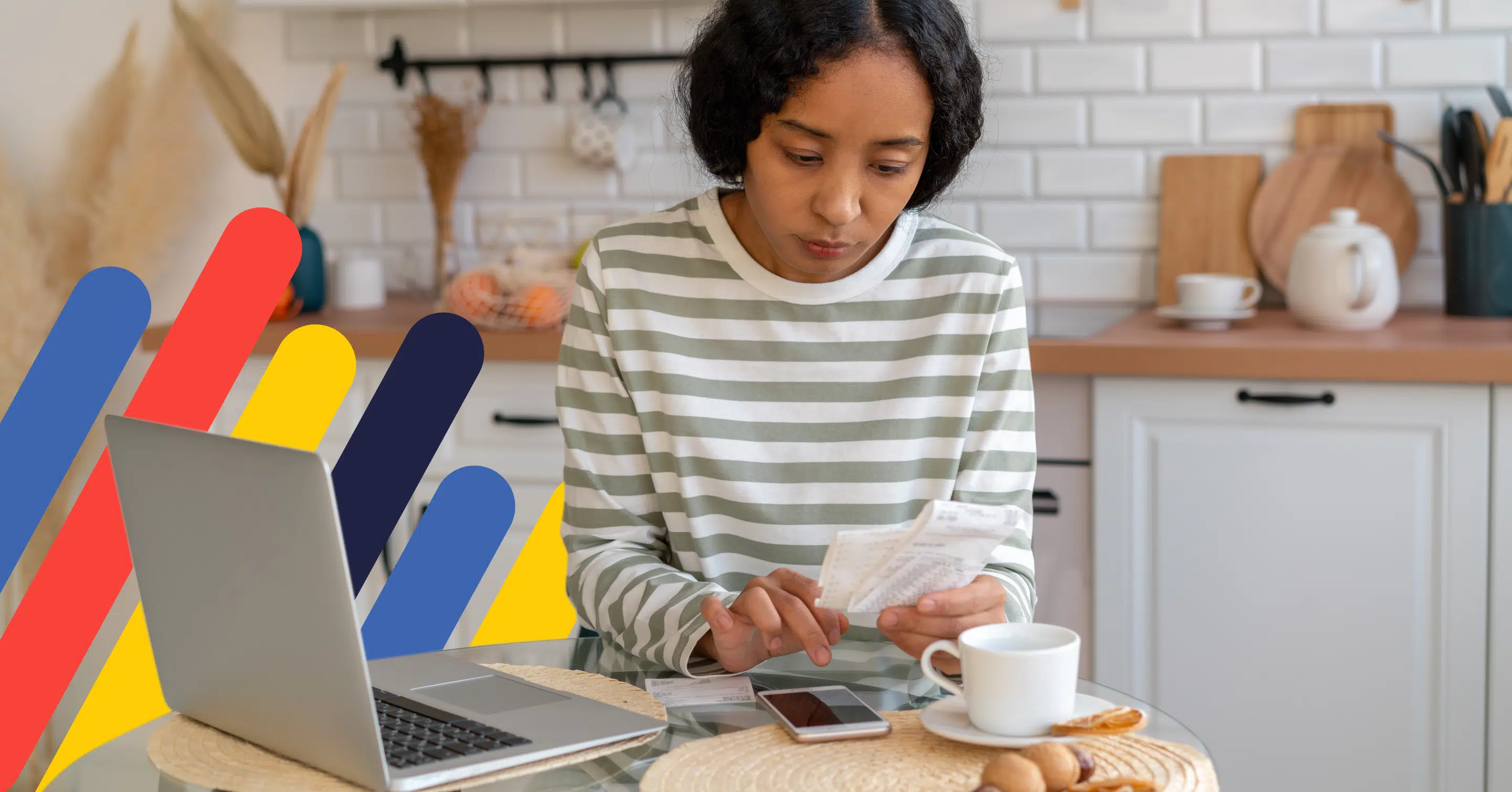RRSP Home Buyers’ Plan (HBP): How It Works & Eligibility
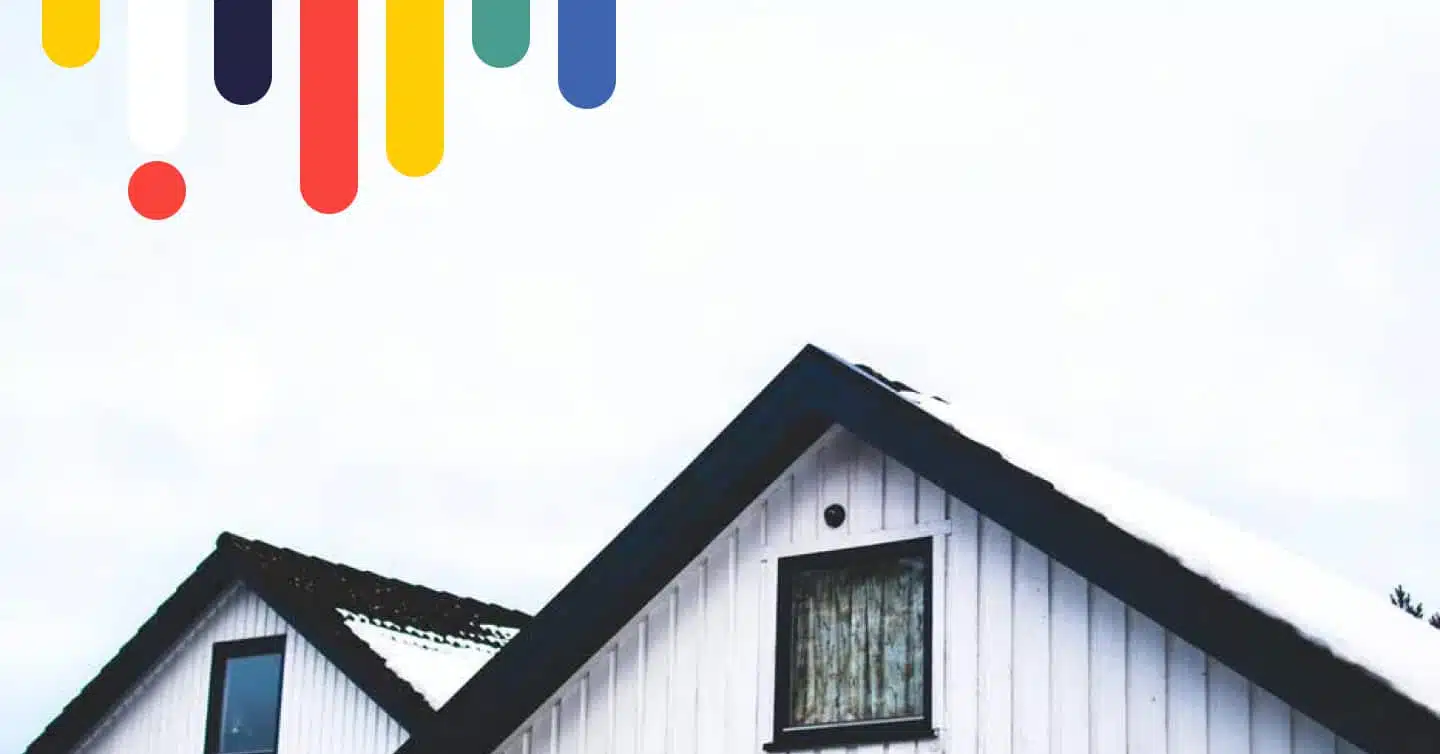
Table of contents
For many Canadians, purchasing a home is a huge milestone. The Home Buyers’ Plan (HBP) allows first-time homebuyers to withdraw funds from their Registered Retirement Savings Plan (RRSP) to support their home purchase. This program provides a way to use retirement savings to buy or build a home without paying taxes on the amount withdrawn.
As of 2024, the HBP allows eligible buyers to withdraw up to $60,000 (or $120,000 for couples) tax-free, providing additional support for first-time buyers. This guide will help you understand how the HBP works, eligibility requirements, and the repayment process so that you can decide whether this program fits your homebuying plans.
Key Takeaways
- The HBP allows for tax-free RRSP withdrawals of up to $60,000 for an individual or $120,000 for couples.
- Repayments are spread over 15 years, with the first installment due two years after withdrawal.
- The HBP is open to first-time homebuyers or those purchasing a home for a relative with a disability.
What Is the RRSP Home Buyers’ Plan (HBP)?
The RRSP Home Buyers’ Plan (HBP) program is designed to help first-time buyers access their RRSP savings as an interest-free loan to finance their first home purchase. Withdrawals made under the HBP are tax-free, giving first-time buyers greater purchasing power without immediate tax consequences. The funds can be used for the downpayment or other costs associated with purchasing or building a home.
For the funds to remain tax-free, participants in the HBP must repay the withdrawn amount within 15 years, beginning 2 years after the initial withdrawal. Failure to make repayments will result in the amount due for that year being taxable based on your marginal tax bracket.
Note: Temporary repayment relief extends the 2-year repayment grace period to 5 years if you have made or plan to withdraw under the HBP between January 1st, 2022, and December 31st, 2025.
Who Is Eligible for the HBP?
The HBP is open to first-time homebuyers and certain individuals purchasing a home for a relative with a disability. Eligibility requirements include:
- Canadian Residency: You must be a Canadian resident from when you withdraw funds from your RRSP under the HBP until you buy or build a qualifying home.
- First-Time Homebuyer Status: To qualify, you must be considered a first-time homebuyer unless participation is for a specified related disabled person.
- Principal Residence Requirement: The purchased property must be intended as your principal residence within 1 year of buying or building it. If you are buying for a relative with a disability, they must occupy the home as their primary residence within 1 year.
- Written Agreement: You need a written agreement to buy or build a home for yourself or a qualifying related disabled person.
Note: If you’ve repaid your previous HBP balance and meet all other eligibility conditions, you may be able to participate in the HBP again in the future.
How Much Can You Withdraw With the HBP?
Under the HBP, individuals can withdraw up to $60,000 from their RRSP, and couples can access up to $120,000 combined. This increased limit aims to address Canada’s rising costs of homeownership. Before withdrawing, ensure that your RRSP funds have been in the account for at least 90 days, as any deposits made less than 90 days prior may not be eligible.
How Does the Home Buyers’ Plan Work?
To initiate a withdrawal under the HBP, complete Form T1036, titled the “Home Buyers’ Plan (HBP) Request to Withdraw Funds from an RRSP.” Here’s a breakdown of the steps:
- Complete Area 1 of Form T1036 and submit it to your RRSP issuer. They will fill out Area 2 and process the withdrawal.
- You can make multiple withdrawals; however, ensure all withdrawals are in the same calendar year as your first withdrawal and January of the following year.
- Your RRSP issuer will issue a T4RSP slip detailing the amount withdrawn. This document will be necessary for your tax return in the following year.
- You must buy or build the home by October 1 of the year following the withdrawal. If you do not meet these conditions, your HBP participation may need to be cancelled.
Beginning your home journey?
Start with a low rate.
Chat with a nesto expert today, commission-free, and secure your rate.
Repaying Your RRSP Under the HBP
One critical aspect of the HBP is that the withdrawn amount must be repaid over 15 years. Repayment begins 2 years after the initial withdrawal, providing a buffer period before you start repaying the funds back into your RRSP.
To calculate the amount you must repay each year, divide the total amount withdrawn by 15 to calculate your minimum yearly repayment. For instance, if you withdrew $60,000, you must repay at least $4,000 annually. If you fail to meet the annual minimum, the outstanding amount for that year will be added to your taxable income, impacting your tax return.
You can repay more than the minimum required, reducing your future annual obligations if you designate more in any given year. For example, if you withdrew $60,000 and paid back the minimum $4,000 annually for the first 4 years of your repayment period and then repaid $10,000 in year 5, your future repayments would drop to $3,400.
| Year | 1 | 2 | 3 | 4 | 5 | 6 |
|---|---|---|---|---|---|---|
| HBP Balance | $60,000 | $56,000 | $52,000 | $48,000 | $44,000 | $34,000 |
| Minimum Repayment | $60,000/15 = $4,000 | $56,000/14 = $4,000 | $52,000/13 = $4,000 | $48,000/12 = $4,000 | $44,000/11 = $4,000 | $34,000.10 = $3,400 |
| Repayment | $4,000 | $4,000 | $4,000 | $4,000 | $10,000 |
Note: HBP repayments do not count towards your annual RRSP contribution limits.
Pros and Cons of the RRSP Home Buyers’ Plan
While the HBP can be helpful for many first-time homebuyers, weigh the pros and cons first to determine if the HBP works for your situation.
Pros
- Acts as an Interest-Free Loan: The HBP essentially functions as an interest-free loan from your RRSP, allowing you to borrow from your retirement savings without immediate interest or tax consequences.
- Enhanced Affordability: The HBP can increase your home-buying budget, making purchasing a first home more achievable, especially with rising home prices.
Cons
- Requires RRSP Savings: To take advantage of the program, you must already have an RRSP with savings to access if you want to use the HBP.
- Impact on RRSP Growth: Withdrawing from your RRSP reduces the amount invested, limiting long-term retirement savings growth.
- Repayment Obligation: You must repay the full amount with minimum repayment requirements each year. Missed repayments are fully taxable, which could impact your finances over 15 years.
- Eligibility Restrictions: The program is only available to first-time buyers or those assisting a relative with a disability, limiting its broader accessibility.
How Does an RRSP Compare With Other Savings Programs?
| Program | Key Features | Benefits | Drawbacks | Limits | Repayment |
|---|---|---|---|---|---|
| RRSP Home Buyers’ Plan (HBP) | Withdraw up to $60,000 tax-free for a first home purchase. Must be repaid within 15 years. |
Allows access to RRSP savings for a down payment. Withdrawals are tax-free if repaid on time. |
Must repay the borrowed amount within 15 years or face tax penalties. Withdrawals are not added back to the contribution room. |
Follows RRSP annual contribution limits; up to $60,000 can be withdrawn under HBP. | Withdrawals for HBP are tax-free if repaid within 15 years. Non-repayment triggers taxation. |
| Tax-Free Savings Account (TFSA) | Flexible, tax-free savings and investment account. There are no restrictions on the use of funds. |
Flexible withdrawals without tax penalties. Investment growth is tax-free. Withdrawals will be added back to contribution room in the following year. |
Funds may be used for any purpose, which may reduce the focus on saving for a home. | Flexible withdrawals without tax penalties. Investment growth is tax-free. Withdrawals will be added back to the contribution room in the following year. |
Withdrawals are tax-free at any time, and no repayment is required. |
| First Home Savings Account (FHSA) | Designed specifically for first-time homebuyers, it allows contributions of up to $8,000 annually (a lifetime maximum of $40,000). | Offers tax-free growth, with additional tax deductions on contributions. Intended explicitly for first-home purchases. |
Limited to first-time homebuyers. Contribution limits may restrict savings pace. |
Annual contribution limit of $8,000, with a lifetime limit of $40,000. | Withdrawals must be used for first-time home purchases to avoid penalties. No repayment is required. |
Can You Cancel the HBP?
While you generally can’t cancel your participation in the HBP, some exceptions exist. You may be eligible to cancel if you or your disabled relative do not buy or build a qualifying home by the deadline or if you become a non-resident before buying or building a qualifying home.
You may be able to cancel your participation in the program if, after a marriage breakdown, you either did not sell your home within two years of the first withdrawal or did not take over your spouse or partner’s share in the home.
Additional Support for First-Time Homebuyers
In addition to the HBP, there are other government programs designed to assist first-time home buyers, including:
- GST/HST New Housing Rebate: This rebate allows eligible buyers to recover part of the GST or HST paid on new homes.
- Home Buyers’ Tax Credit: First-time buyers may qualify to claim up to $10,000 on their tax return for a $1,500 rebate.
- First Home Savings Account (FHSA): For those planning ahead, the FHSA provides a new, tax-free savings option that can be combined with the HBP to boost your budget.
Additionally, many other provincial and municipal-specific programs for first-time buyers in Canada provide incentives or rebates beyond federal programs. Eligibility requirements and incentive amounts vary between each program.
Frequently Asked Questions (FAQ)
What is the RRSP Home Buyers’ Plan (HBP) withdrawal limit?
The HBP allows individuals to withdraw up to $60,000, and couples are collectively eligible for up to $120,000.
Who qualifies as a first-time home buyer in Canada?
Eligibility requirements to qualify as a first-time buyer vary among programs. Be sure to check the specifics for every program you apply to ensure that you meet the eligibility criteria.
A first-time buyer for the HBP is defined as someone who hasn’t owned or occupied a home owned by their spouse or common-law partner in the four years preceding the HBP withdrawal. Certain exceptions apply for those purchasing a home for a relative with a disability or due to a relationship breakdown.
How long do I have to repay the HBP?
The HBP requires repayment within 15 years. However, there is a 2-year grace period after withdrawal, during which repayments are not required. Temporary repayment relief announced in 2024 extends the 2-year grace period to 5 years if you made or plan to withdraw between January 1st, 2022, and December 31st, 2025.
What happens if I don’t repay my HBP amount on time?
If you miss or don’t make the minimum repayment, the outstanding amount for that year is added to your taxable income, impacting your taxes.
How does the HBP affect my RRSP growth over time?
Withdrawing funds reduces the total amount in your RRSP, potentially limiting tax-sheltered growth. It’s essential to weigh this impact before participating in the program.
Can I use the HBP and the First Home Savings Account (FHSA) together?
Combining the HBP with the FHSA can increase your available funds, though each program has distinct rules and annual limits. However, you cannot use your FHSA to repay your RRSP under the HBP.
Final Thoughts
The RRSP Home Buyers’ Plan (HBP) can help Canadians with RRSP savings when purchasing their first home. The HBP, as an interest-free loan to yourself, offers increased affordability and flexibility by providing tax-free access to RRSP savings. However, as with any significant financial decision, it’s essential to consider the program’s requirements, repayment obligations, and impact on your retirement savings.
For personalized advice, connect with nesto’s mortgage experts to explore your options and determine the best approach for your homebuying journey.
Ready to get started?
In just a few clicks, you can see our current rates. Then apply for your mortgage online in minutes!
